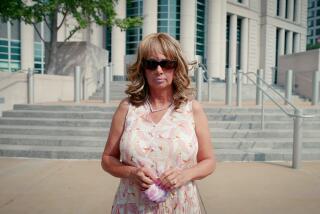‘Chimp Crazy’ is a disturbing docuseries that argues against the ownership of primates
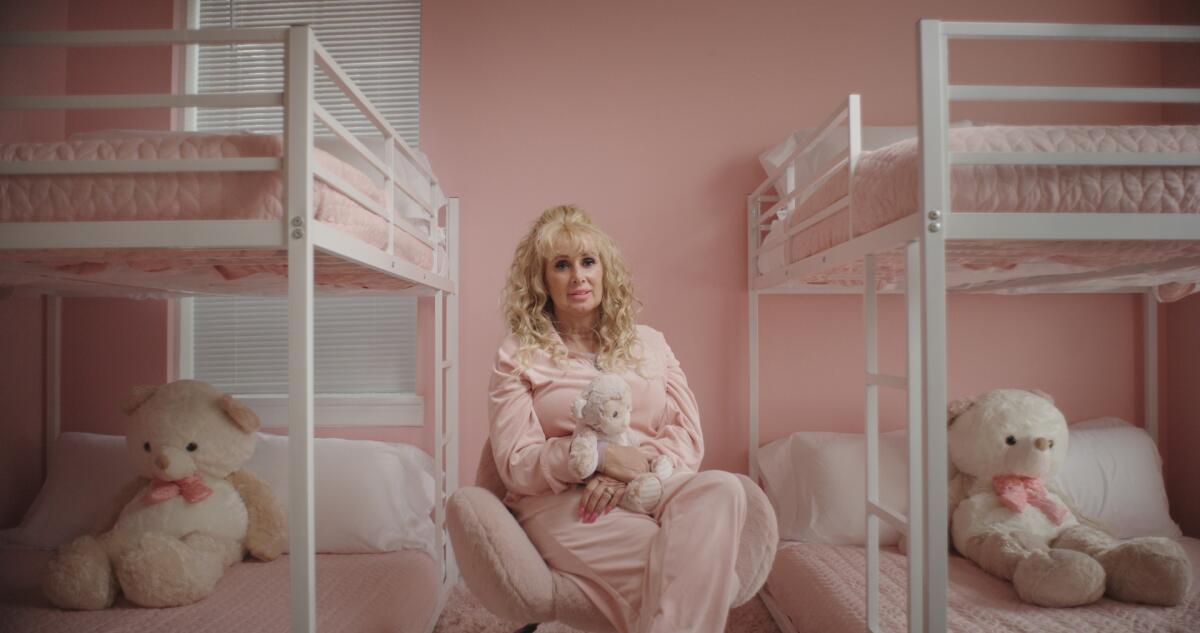
- Share via
One of the first television shows I can remember seeing was “The Hathaways,” an early ’60s sitcom, starring Peggy Cass and Jack Weston, about a suburban couple and their three chimpanzees. Back in the 1950s, a chimp named J. Fred Muggs was a regular on “Today,” whose ratings he’s credited with boosting. And the last series I reviewed here is called “Bad Monkey” — and there’s a monkey in it.
Trained wild animals have been a regular presence on TV and in the movies forever, and I confess for a long time I gave them no thought — certainly not to where they went after the show wrapped, or how they lived out their lives when their careers were through. Chimpanzees live a long time, but like us, they are only cute and pliable for a relatively few years. It’s the old show business story.
Eric Goode who, with Rebecca Chaiklin, directed Netflix’s super-successful “Tiger King” and its two less successful sequels, is telling a similar story here, about people who keep wild animals, for fun or profit — minus the attempted murder for hire, and with chimpanzees instead of big cats, and a chimp actor at the center of it. As with that series, “Chimp Crazy” — as the title suggests — is less about the animals than the people who own them. The four-part docuseries premieres Sunday on HBO at 10 p.m. Pacific and airs weekly through Sept. 8.
Netlfix’s docu-sensation focused much of its attention on maligning Carole Baskin. Can the sequel erase the problems that plagued the original?
Its main subject is Tonia Haddix, whose desire for a chimp (“You can shape them into being you.”) led her to Festus, Mo. — in a state, we learn, with few restrictions on the ownership or breeding of animals — and Connie Casey’s Missouri Primate Foundation, where Haddix would volunteer, relocate full time and eventually take over. Supporting players include, on one side, Casey and Pam Rosaire, a Sarasota, Fla.-based circus performer and chimp trainer — who famously breast-fed a premature chimp that wouldn’t take formula — and on the other, PETA general counsel Jared Goodman, for whom Haddix has many colorful names and epithets, and the actor Alan Cumming, a PETA “honorary director.” In the 1996 film “Buddy,” Cumming had bonded with Tonka, one of the apes in Haddix’s keeping, and the animal at the center of this series’ drama.
1
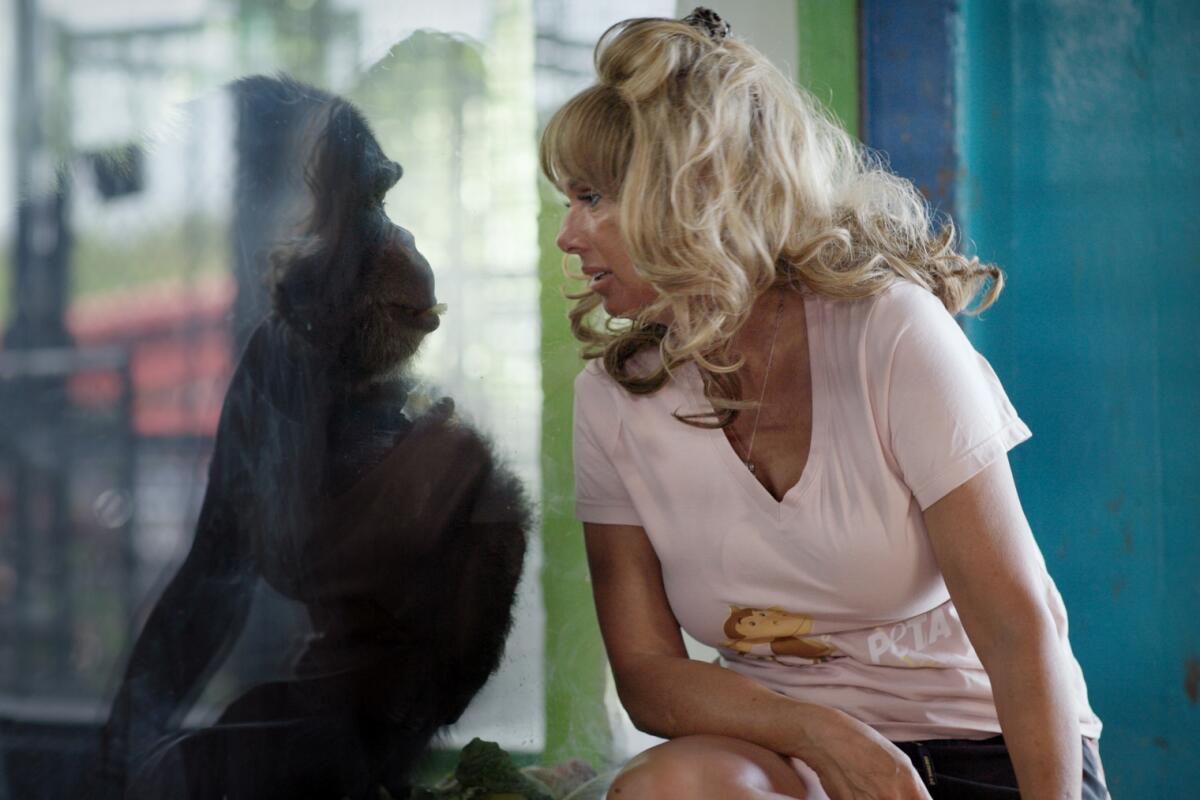
2
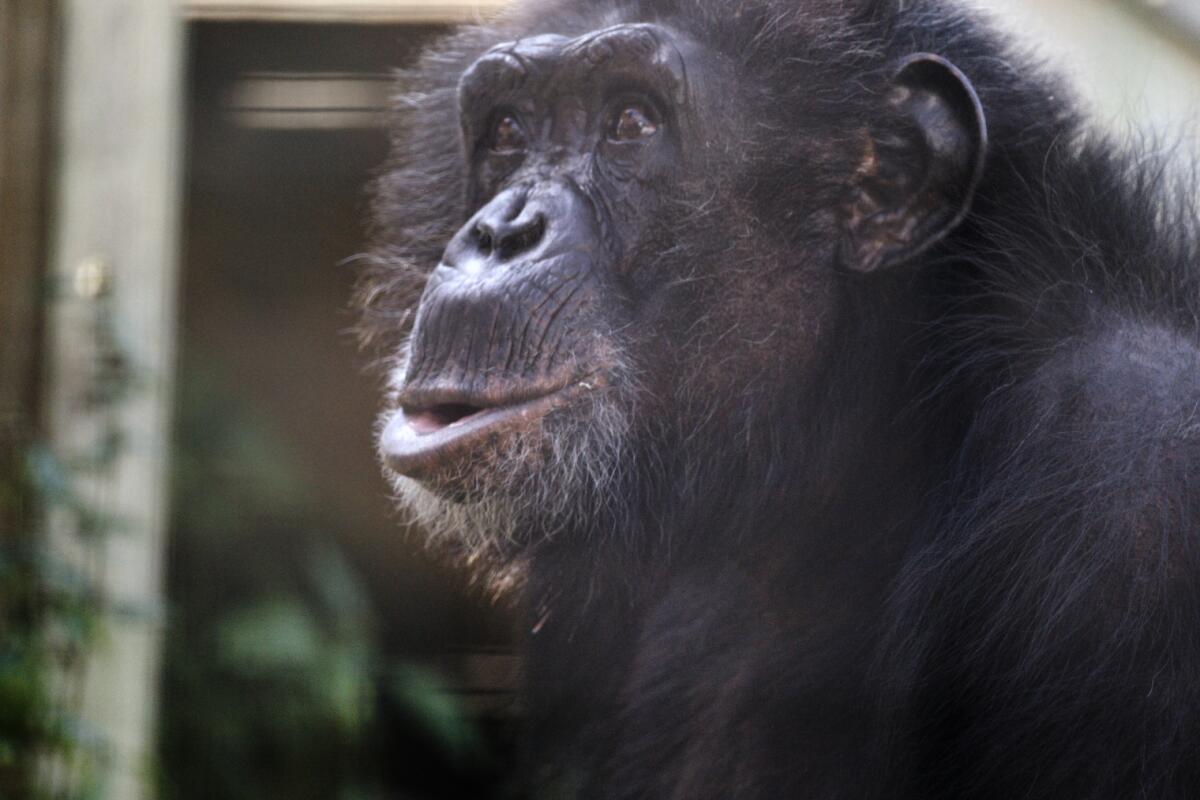
1. Tonka, the chimpanzee who is at the center of the series, and Tonia Haddix. (HBO) 2. Tonka (HBO)
Because “Tiger King” was famously critical of the big cat world, Goode arranged to hide behind a “proxy director.” Dwayne Cunningham, a graduate of the Ringling Bros. and Barnum & Bailey Clown College, had experience in the animal trade and once spent 14 months in jail for smuggling endangered reptiles — or as he describes it, “a relationship with the federal government over exotic animals.” This initial breach of honesty introduces a kind of ethical hiccup into the filmmaking, especially as it’s clear from the outset that this will not be a glowing report. Goode (via Cunningham) began filming while the story was still evolving, and as often happens nowadays, making the documentary has become a part of the documentary.
Before Haddix came to the Casey’s compound, it went by the name Chimparty; Casey supplied chimps for children’s birthday parties, lent them to movies and greeting card companies and bred them as pets, which sold for tens of thousands of dollars. An earlier volunteer, Angela Scott, appalled at the conditions there, contacted PETA and kicked off the tug-of-war that runs throughout “Chimp Crazy,” launching a desperate Haddix into a thicket of lies and stratagems. “When you’re in love,” observes Cumming, who became personally involved in the story, “your brain is out of control.”
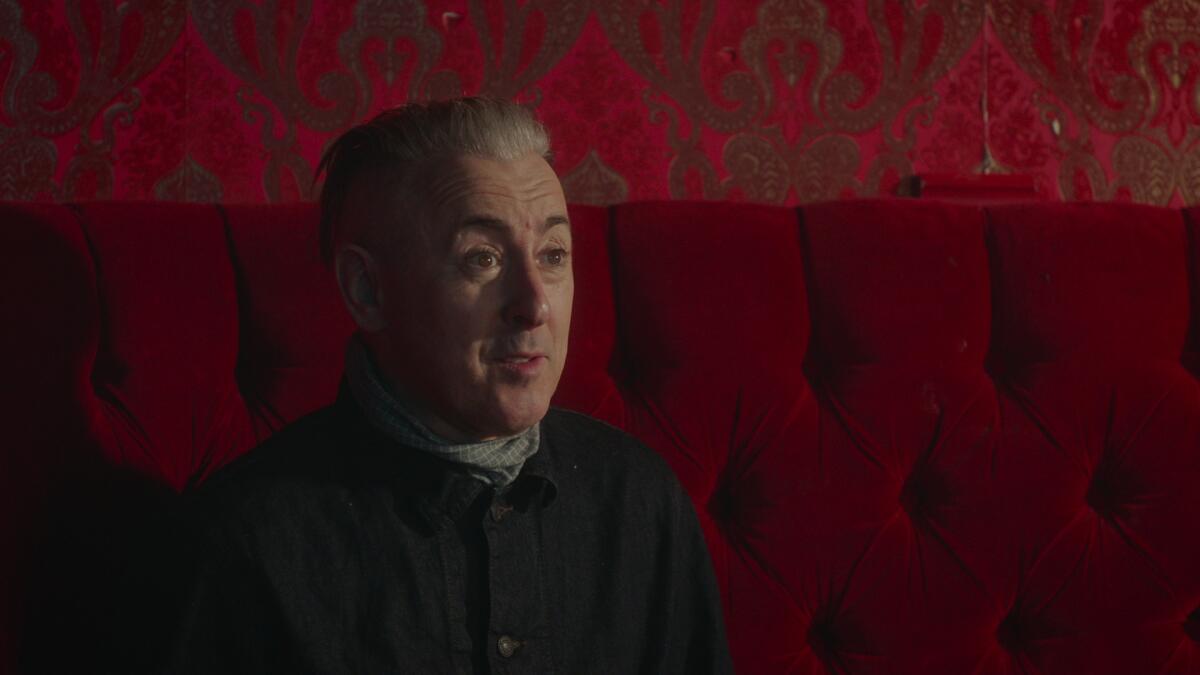
Paradoxically, this sort of love for an animal can be inimical to its welfare. Haddix confuses the chimpanzees’ happiness with her own. She calls them her “kids,” declares that she loves them more than her own family, even though she proves a less than stellar caretaker, feeding them junk food, furnishing their cages with little more than a tire swing and a hammock. Twice under her watch, chimpanzees escaped. Editing is selective, to be sure, but there is no doubt, from what we see, that these animals are in distress. “She is not qualified to care for chimpanzees,” says PETA’s Goodman. “She does not have any formal training. She is simply someone who likes chimpanzees.” She is not Jane Goodall.
And this is not a nature documentary — you won’t learn much about chimps — or even a straightforward work of investigative journalism, though it shares certain elements with the form. Like nearly every streaming docuseries, it’s arranged for entertainment, showcasing unusual characters and following one crazy thing with a crazier one, creating — or at any rate, taking advantage of — conflict on the way to a dramatic conclusion.
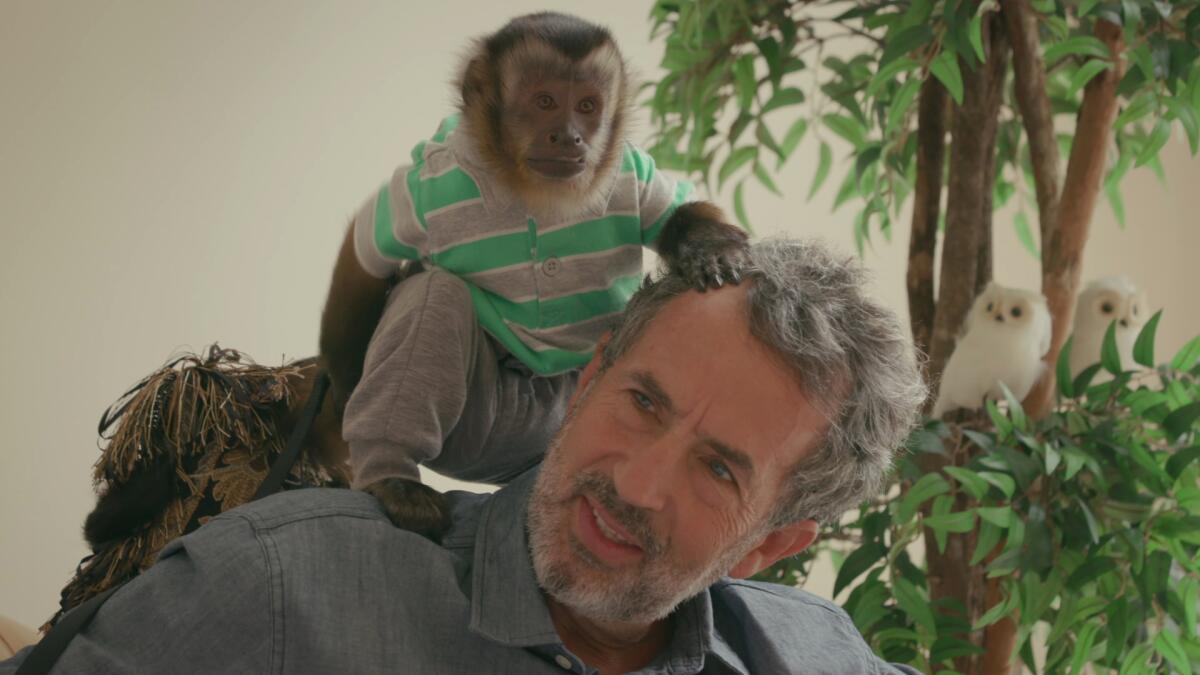
It might, of course, also advance the argument against treating wild animals as pets, children or a source of income. It makes that case pretty thoroughly. (We hear horror stories involving other chimps, with visual evidence of the harm they can inflict on a person; still one’s sympathy remains with the apes.) By giving Haddix, who is convinced of the rightness of her feelings and the righteousness of her cause, space to talk, Goode does at least allow her some dimension. Still, the decision to interview her while she’s having false eyelashes applied, in the middle of a spray tan or having her lips inflated, gives the game away.
The series is disturbing, both in terms of animal welfare and human behavior — Goode’s as well as Haddix’s. I found it difficult to watch at times, yet it pulls you through to the end, as the plot progresses from strange to stranger. It is, of course, designed to do just that.
Humans have grown more open to recognizing animal sentience since “The Hathaways,” giving them their due without mistaking our worldview for theirs. The legal rights and “personhood” of chimpanzees, in particular, are regularly raised and here and there legislated. We may never come to the end of animal actors — they’re part of the world and the stories we tell — though we have at least progressed beyond attaching a wire to Mr. Ed’s upper lip to make him appear to be talking. We have CGI for that now.
More to Read
The complete guide to home viewing
Get Screen Gab for everything about the TV shows and streaming movies everyone’s talking about.
You may occasionally receive promotional content from the Los Angeles Times.

